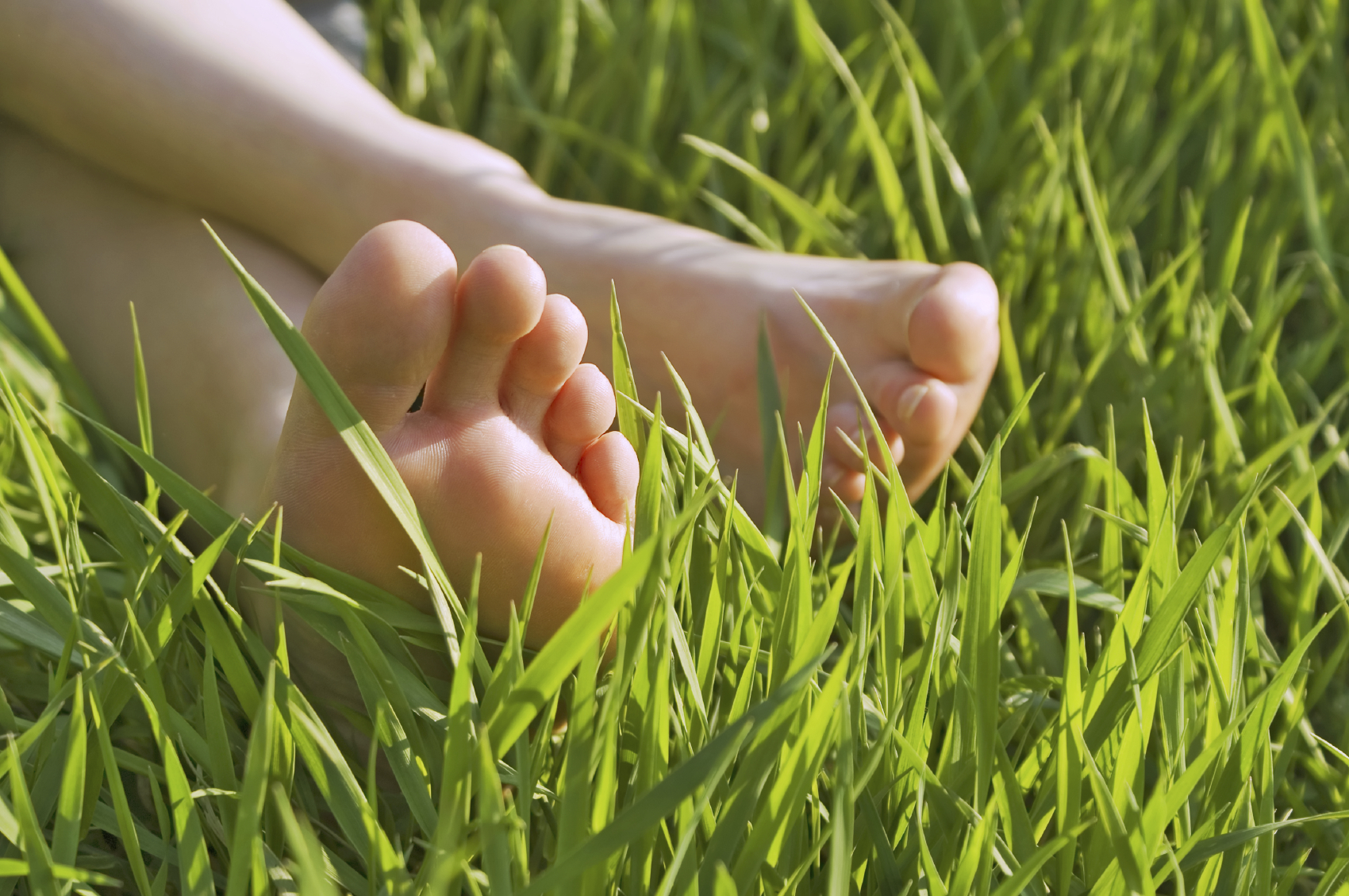 Athlete’s foot is one of the most common fungal infections. It occurs when the tinea fungus, which thrives in warm and moist environments, grows on the top layer of skin on the feet. The contagious nature of the infection means that it can easily spread to others. It can also spread to other parts of your own body, including your hands, underarms and groin. To prevent unnecessary discomfort, it is important to take action as soon as symptoms arise.
Athlete’s foot is one of the most common fungal infections. It occurs when the tinea fungus, which thrives in warm and moist environments, grows on the top layer of skin on the feet. The contagious nature of the infection means that it can easily spread to others. It can also spread to other parts of your own body, including your hands, underarms and groin. To prevent unnecessary discomfort, it is important to take action as soon as symptoms arise.
Here are five signs of athlete’s foot to look out for:
- Dry skin that looks cracked or flaky.
- Red, itchy skin, especially between the toes.
- A burning or stinging sensation in the feet.
- Blisters that itch and/or ooze, most commonly on the heel or sole of the foot.
- Thick, discolored toenails. The toenails may also start to crumble or even fall out.
How Can a Podiatrist Help with Athlete’s Foot?
Athlete’s foot may be treated with over-the-counter antifungal powders or creams such as miconazole (Desenex), tolnaftate (Tinactin) and terbinafine (Lamisil AT). In some cases, a stronger medication may be required in order to get rid of the fungal infection. After making a diagnosis, a podiatrist may prescribe one or more of the following: a topical medication, including topical steroids to reduce inflammation; oral antifungal medication; oral antibiotics.
Preventing Athlete’s Foot Before It Starts
Here are a few things you can do to decrease your risk of athlete’s foot:
- Always wear shoes in public places such as locker rooms and public swimming pools.
- Wear shower shoes if using a shared shower.
- Avoid wearing tight-fitting, poorly-ventilated shoes, especially if your feet tend to sweat.
- Wash your feet daily with soap and water, and always wear clean socks.
- Keep your feet dry throughout the day. Change your socks if your feet get too sweaty or if your socks get wet.
If you experience symptoms of athlete’s foot that don’t improve within a couple of weeks, schedule an appointment with an experienced podiatrist. If you have diabetes, you should seek medical care sooner so as to prevent other diabetic foot problems.




This is some great information, and I appreciate your point that a podiatrist can prescribe more powerful treatments for athlete’s foot. My son has been showing signs of this problem, and he’s been putting Tinactin on it, but it isn’t doing much. I’ll definitely set up an appointment with a podiatrist to see if they have a better way to treat it. Thanks for the great post!